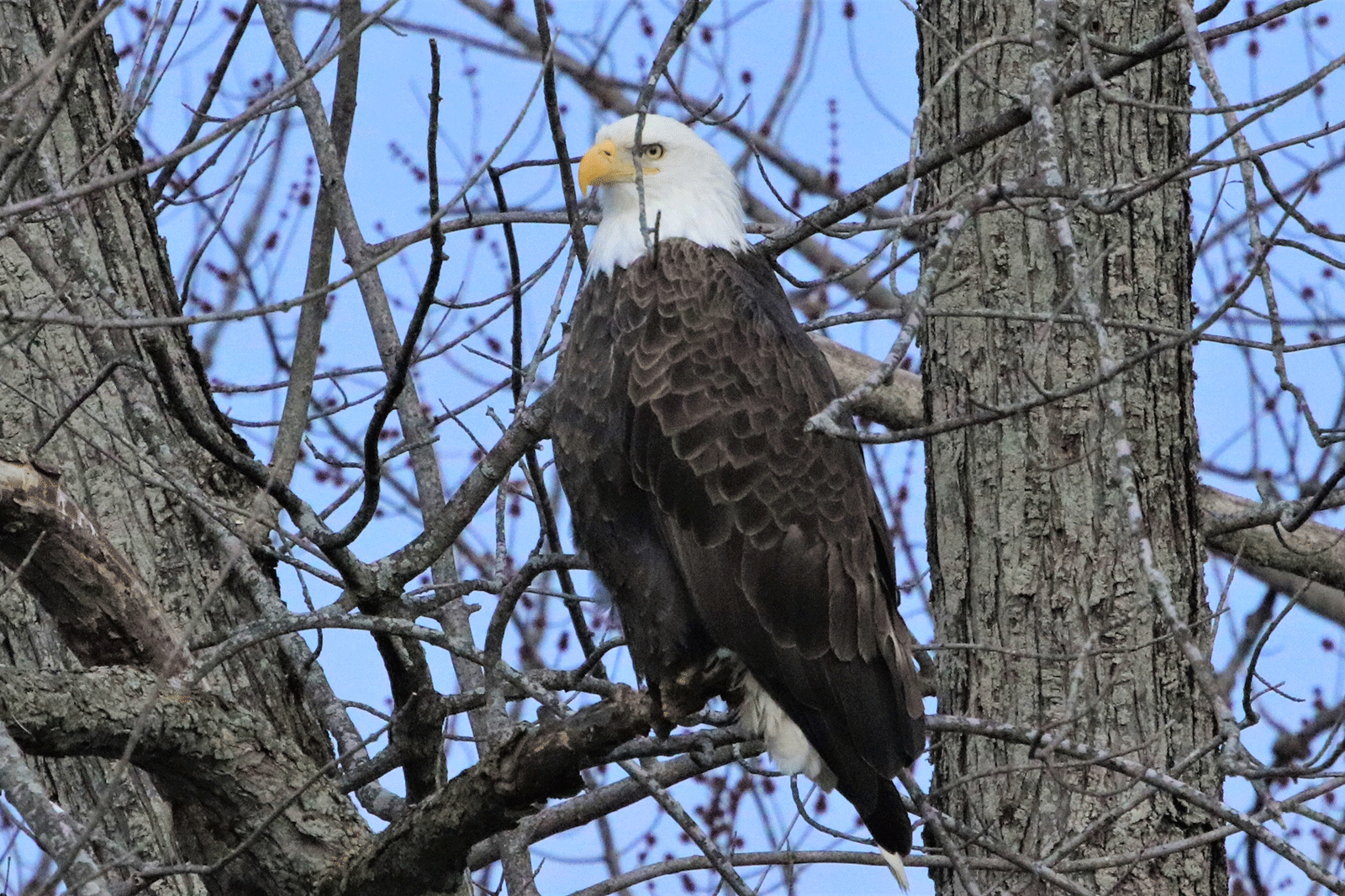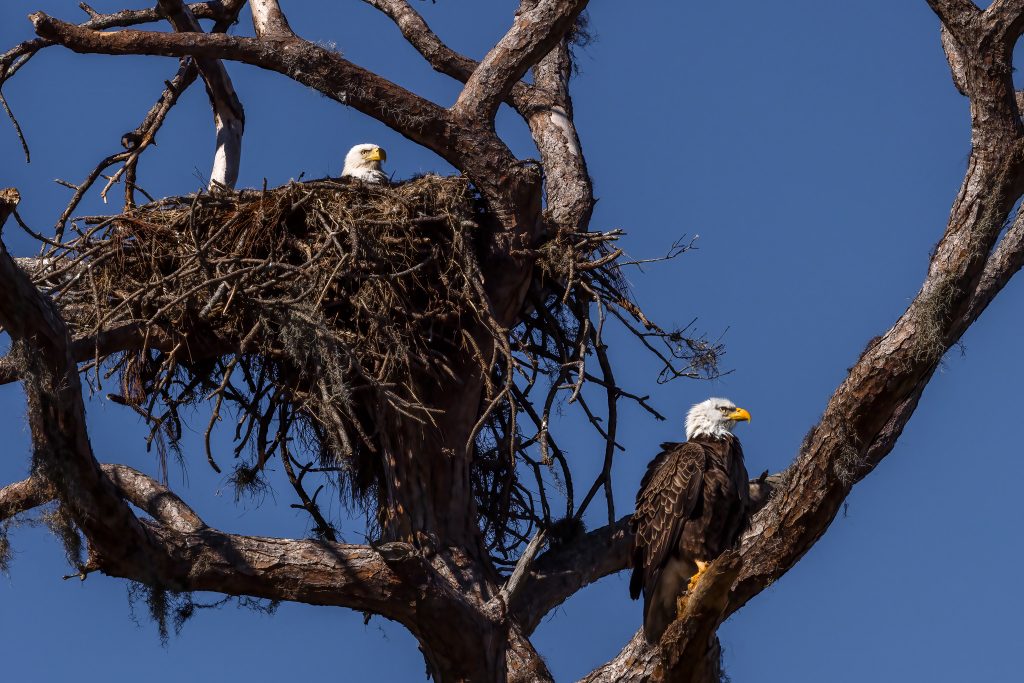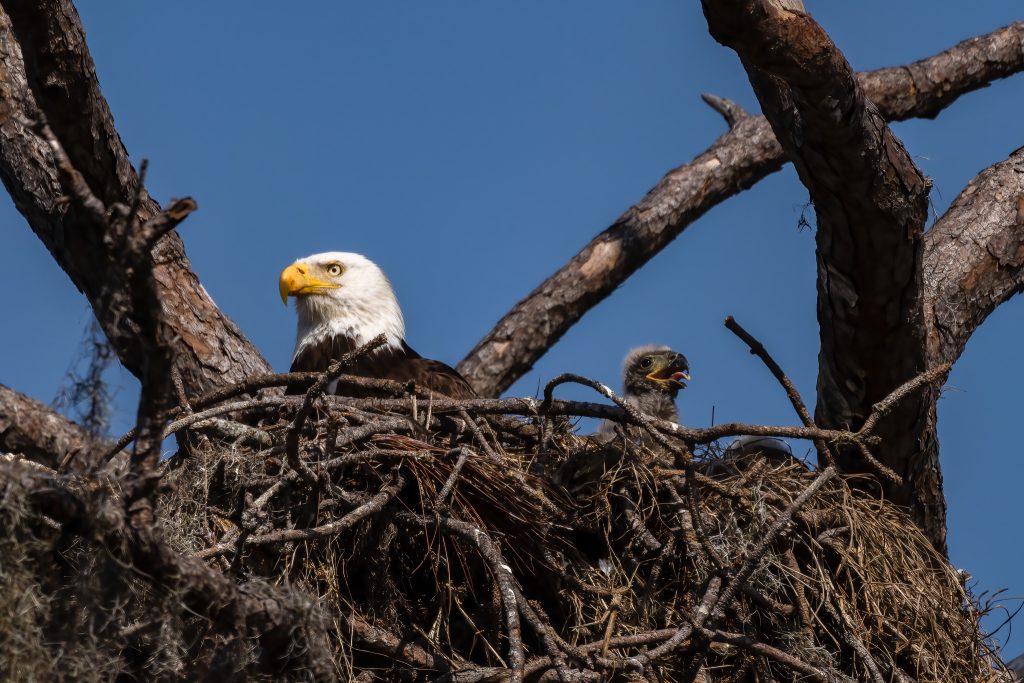Local Kenosha photographers are buzzing with excitement over several recent sightings of bald eagles in the area.
The “Capturing Kenosha — A Photographer’s Place” Facebook group has been particularly active with photographer Mike Middleton sparking the group’s interest with his post of stunning bald eagle photos taken in Kenosha County.
Fellow photographer Timothy Thompkins has also been on the hunt to capture a shot of the elusive raptors. While he has had some encounters, he has only managed a few shots so far that were not quite in focus.
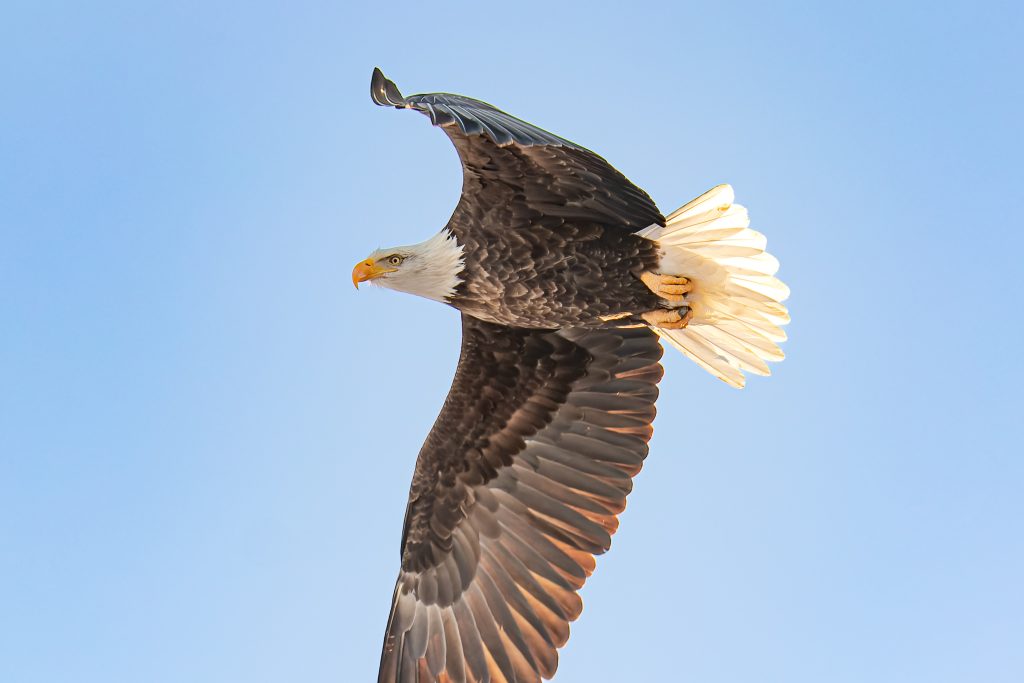
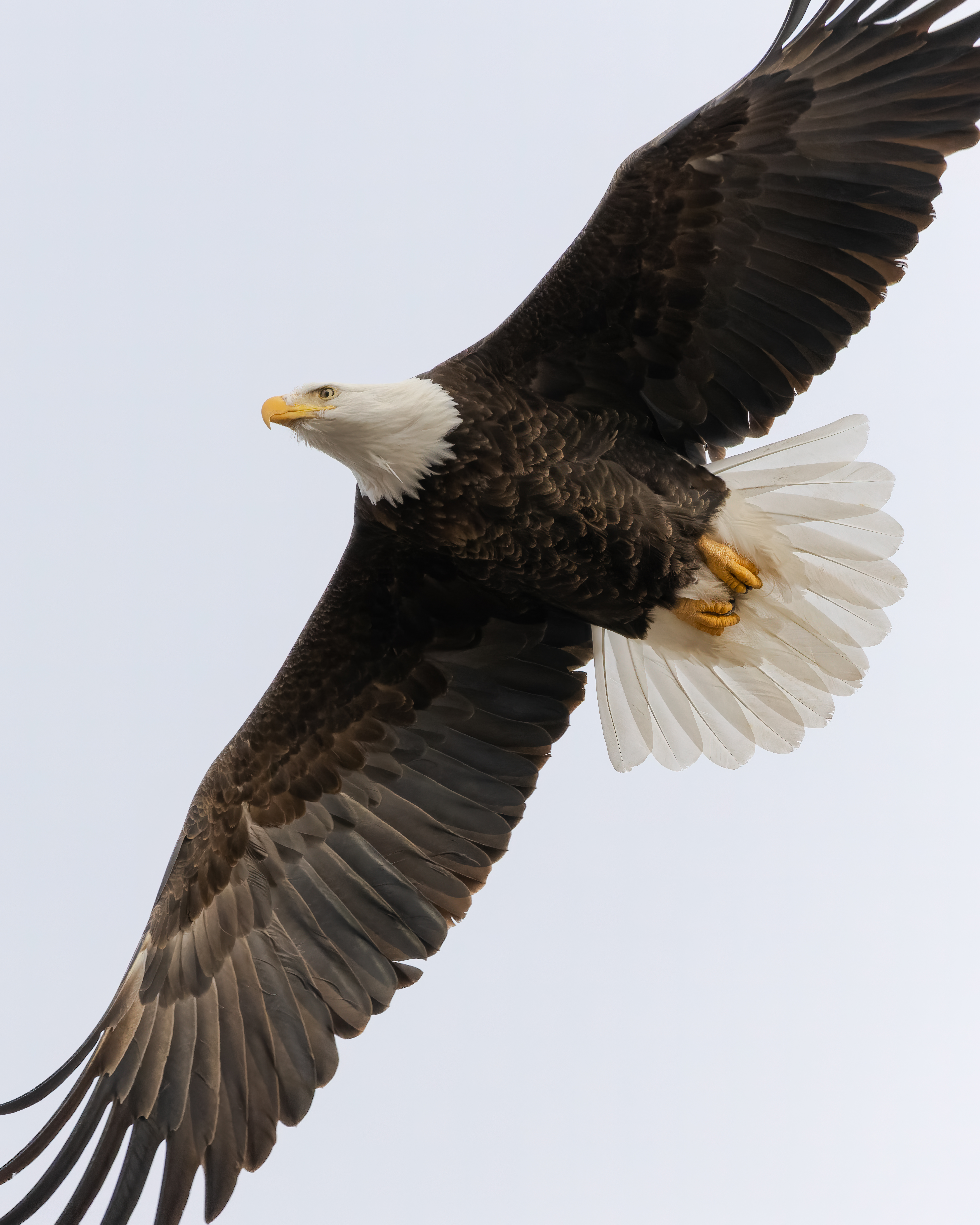
PHOTOS: MIKE MIDDLETON
The photos featured in this article are all of bald eagles spotted in Wisconsin. Sightings of these majestic birds are becoming increasingly common in the area. It’s an exciting time for local photographers who are eager to capture the perfect shot of these magnificent creatures.
The resurgence of the bald eagle in Wisconsin is a remarkable conservation success story.
These majestic birds were once endangered due to the widespread use of the pesticide DDT, which caused their eggshells to become thin and brittle. However, thanks to a combination of factors, including the national ban on DDT, added protections under federal and state endangered species laws, river cleanups, citizen donations, and monitoring by the Wisconsin Department of Natural Resources and their partners, bald eagles have made an impressive comeback.
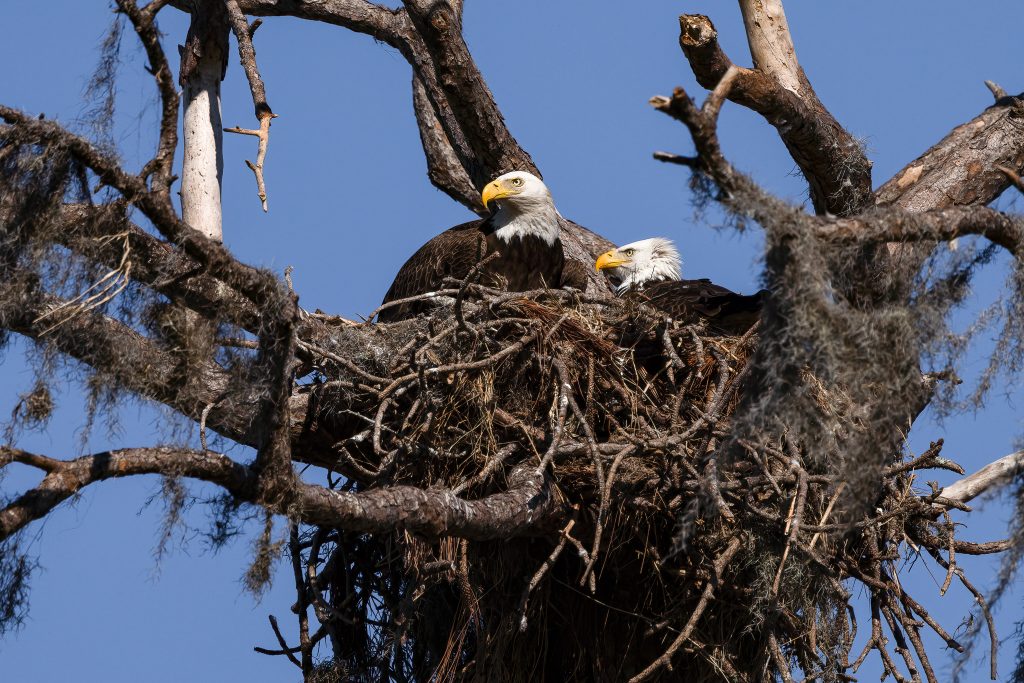
PHOTOS: JEFF TALLARD
According to the Wisconsin DNR, 2023 marks the first time in 80 years that active bald eagle nests have been reported in every Wisconsin county. Kenosha County had its first sighting in 2017. Since then, Walworth and Milwaukee were the final two counties with verified sightings of nesting eagles.
Populations have peaked in numbers not seen in about 400 years. This success is celebrated by Wisconsin’s bald eagle license plate, which not only raises money for conservation efforts but also serves as a reminder of the importance of protecting these magnificent birds.
Bald eagles are known for their impressive wingspan, which can reach up to seven feet in adult birds. They are also known for their distinctive white head and tail feathers, which contrast sharply with their dark brown bodies. These birds can live up to 30 years in the wild, and they mate for life.
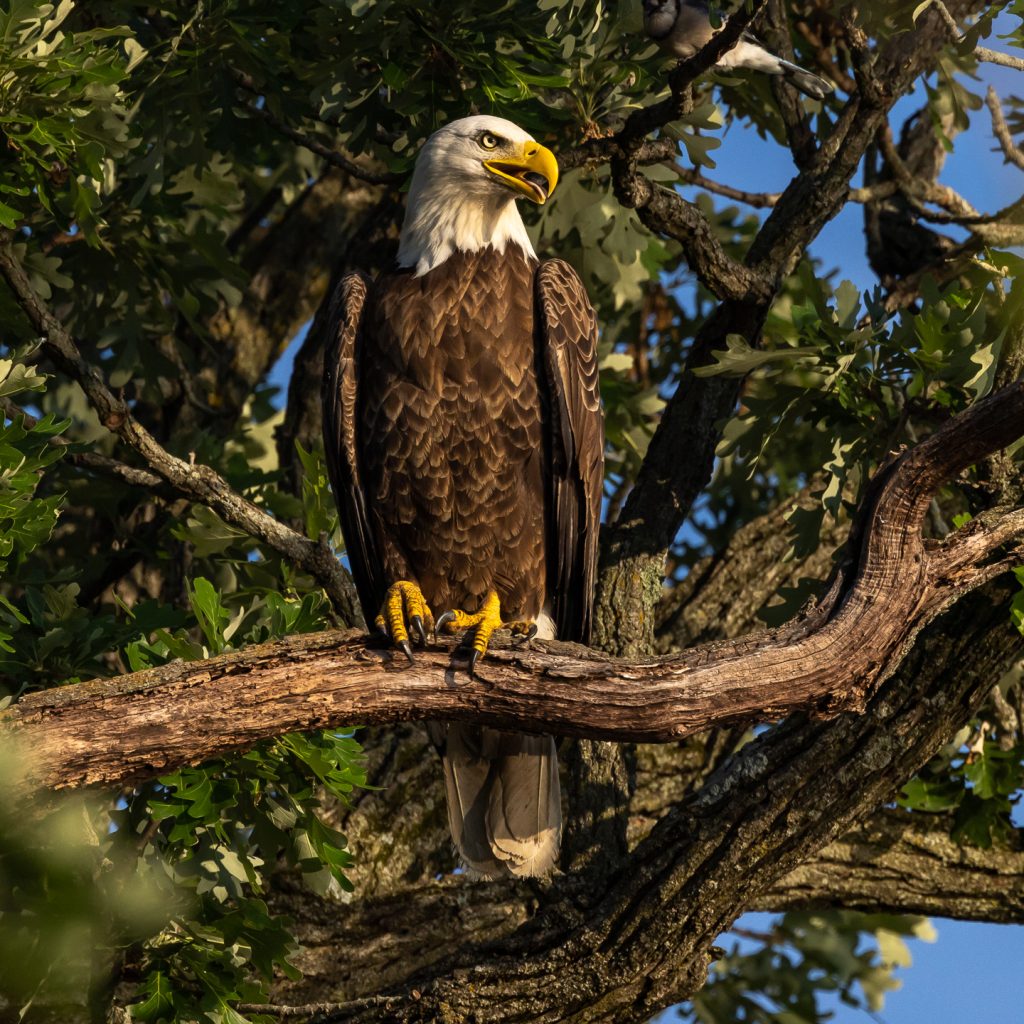
PHOTO: JEFF TALLARD
During the breeding season, which typically occurs between January and June, bald eagles can be seen building and
tending to their nests. The nests are usually located in tall trees near waterways, and they can be several feet in diameter.
Bald eagles are known for reusing their nests, which can grow over time and become quite large and heavy.
Bald eagles live near rivers, lakes, and marshes where they can find fish, their primary food staple. However, as their
population grows, bald eagles are expanding their range, even nesting in urban areas. They will also feed on waterfowl, turtles, rabbits, snakes, and other small animals as well as carrion.
If you’re interested in seeing a bald eagle in the wild, the best time to do so is early in the morning or in the late afternoon. During these times, bald eagles are most active as they move in from their nearby roost sites to actively feed along the river or return to their roosts. However, it’s important to avoid disturbing them by not venturing too close.
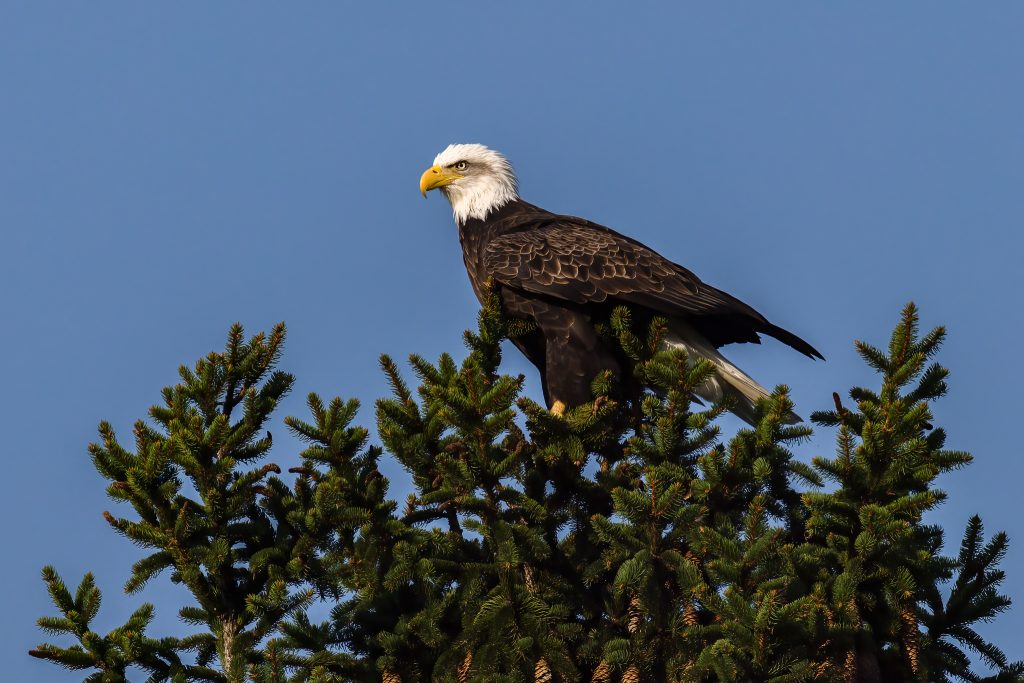
PHOTO: JEFF TALLARD
Bald eagle nests are federally protected by the Bald and Golden Eagle Protection Act, which prohibits killing, selling or otherwise harming eagles, their nests, or eggs.
Despite the success in bald eagle recovery, nest monitoring surveys continue to track the population and provide
landowners with guidance on how to avoid impacting eagle nests. The DNR aerial nest surveys in 2019 found 1,684
occupied nests, up from 108 in the 1970s. The DNR is now asking Wisconsinites to report any bald eagle nests they come across in the state, especially in southeastern Wisconsin where there are still gaps in the data.
So, if you’re looking for a chance to witness the resurgence of the bald eagle in Wisconsin, be sure to keep your eyes open and your distance respectful. These birds are an important part of Wisconsin’s natural heritage and their recovery is a testament to the power conservation efforts can make in a species.

